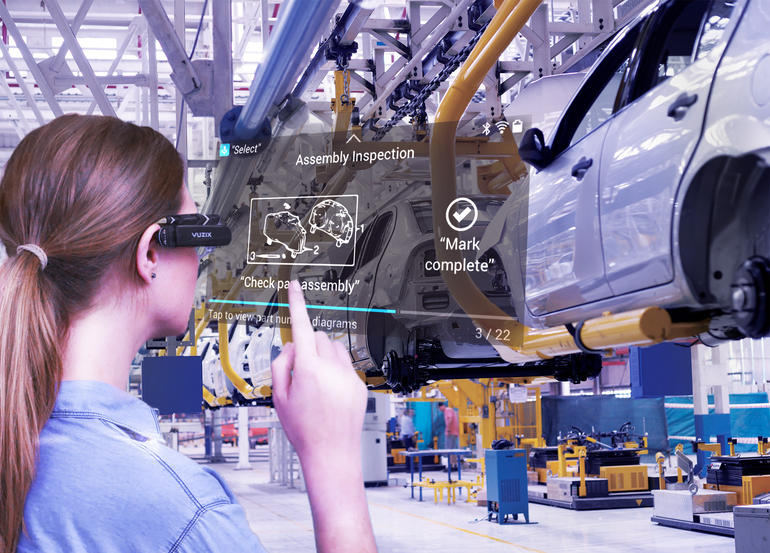The Fundamentals of Augmented Reality

I'm excited about Augmented Reality because unlike Virtual Reality, which closes the world out, AR allows individuals to be present in the world but hopefully allows an improvement on what's happening presently.
- Tim Cook, Apple CEO
The Independent, February 10, 2017
At The SilverLogic, we help clients make their ideas happen. We’ve helped change the way viewers find and share their favorite Movies and TV shows, friends and coworkers discover and order products and services from local businesses, and brands identify and reward their most loyal customers. We’re looking forward to the future, and few technologies have us quite as excited as Augmented Reality.
What is Augmented Reality?
For the last few years, one of the most hyped technologies in the industry has been virtual reality (VR). Most people, from insiders to the casual technology user, have a good idea of what VR is: They imagine a large headset, headphones, and interaction with a fully-immersive, computer-generated world. Augmented reality (AR) isn’t quite so clear. It’s formally defined as, “a quasi-virtual experience in which a layer of data, images, and communications augment the actual world.” Informally, AR is simply any technology that enhances the sensory experience and makes it richer.
End-users are still even fuzzier when it comes to AR: asked to define it, many people might mention Pokémon Go, Snapchat Lenses, or the infamous Google Glass, but AR hasn’t yet generated the kind of consumer excitement that we see for virtual reality.
In fact, Google Trends recently reported that searches for VR topics outpace those for AR by a factor of 30:1, and further analysis reveals that a bulk of this difference can be attributed to interest in virtual gaming. However, while actual interest in VR is as high as ever, the writing is very much on the wall about how AR and VR will stack up in the coming years:
Though VR often seems to get more press coverage than AR, according to eMarketer, the number of VR users in the US is 57.4 million while the number of AR users is 90.9 million. By 2022, the number of AR users in the US will jump to 95.1 million (financesonline.com).
VR may be easier to define, but AR is already everywhere: from apps like IKEA Place and Sephora Virtual Artist to major business use cases at Boeing and General Electric, industry insiders have made a major statement that AR has a much greater upside for investors. With the launch of Apple’s ARkit, Google’s ARCore, and Facebook’s AR Studio all happening recently, the biggest names in technology all seem to agree: While virtual reality still gets most of the hype, its augmented reality that’s poised to be the truly transformative technology over the next several years.
Augmented and Virtual Reality Fundamentals
Virtual and augmented reality both aim to fundamentally change how we see and experience the world, but the ease of implementing AR is why The SilverLogic believes it’s set to become the dominant of the two technologies. There are several reasons we at the SilverLogic are going ‘all-in’ with AR:
- Any virtual reality experience requires expensive new hardware that consumers have historically been slow to adopt; augmented reality requires as little as the user’s existing smartphone.
- Both major mobile platforms now have full software development kits, which will allow virtually any business to easily build AR apps for consumer and enterprise use
- The value propositions for AR are far more mature than what exists for VR: The technology is already helping airports to reduce turnaround time, auto manufacturers revolutionize the driving experience, and individuals with neurological disorders overcome a host of limitations.
AR simply has more practical everyday uses for everyday people - the technology has so much more to offer than selfie filters and quirky ad campaigns.

